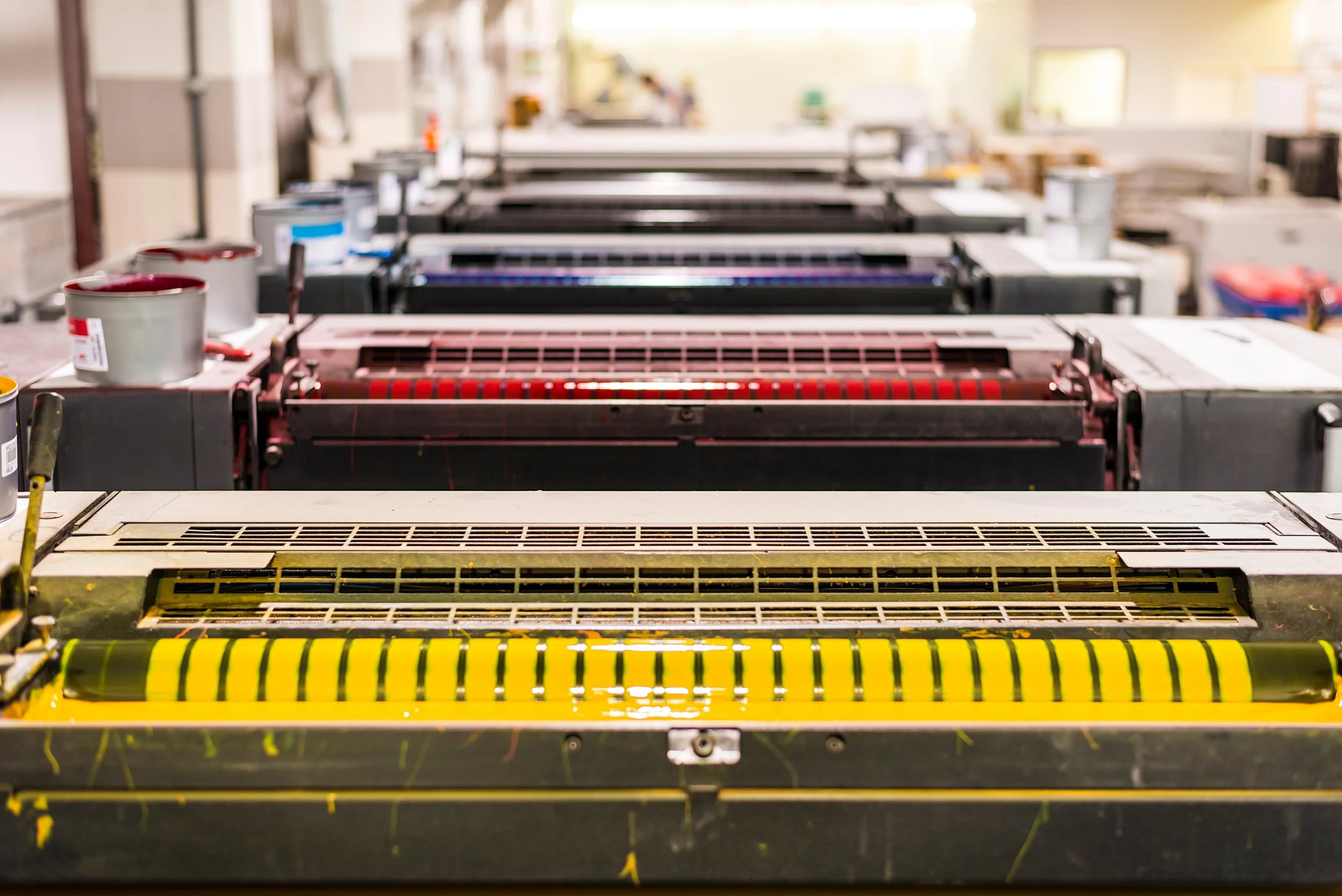The Difference Between Digital Printing and Lithographic Printing
When you're creating marketing materials for your business, it's important to understand the different printing methods available to you and how each one can impact your project.
Deciding between digital printing and lithographic printing for your next project can be tough. Both have their pros and cons, and choosing the right option all comes down to the type of project you’re printing.
What’s the difference between digital printing and lithographic printing?
Digital printing is a form of printing that uses digital technology to transfer an image onto something else – it’s a matter of computer files being transferred directly to the printer. The printer in your home or office is a type of digital printer that transfers the image or text of your digital file to your printer paper.
Lithographic printing was first introduced in the late 1700s and literally added colour to the world of printing. Unlike digital printing where a file is sent to the printer, lithographic printing is a form of offset printing that uses plates to transfer an image onto a transitional surface before being pressed onto the final substrate. Though there are machines that handle offset lithographic printing today, some print shops and artists still print projects to some degree by hand.
The Case for Digital Printing
DIGITAL PRINTING PROS:
Best for low-volume projects
Cost-effective
Quick turnaround
Personalization possible
DIGITAL PRINTING CONS:
Print quality limitations
One of the biggest pros of digital printing is that it can be done without the need for any additional setup. This makes it ideal for smaller print runs. It can also be a more cost-effective solution solely because it doesn't require the use of plates, as lithographic printing does.
Digital printing is also a great option for projects that include personalization, such as direct mail marketing projects. If any feature of a print job needs to be unique, digital printing is the only real choice.
All that said, digital printing does have some limitations when it comes to print quality. When making your decision, much will depend on your ultimate marketing goal.
The Case for Lithographic Printing
LITHOGRAPHIC PRINTING PROS:
Best for high-volume projects
Excellent print quality
LITHOGRAPHIC PRINTING CONS:
Can be more expensive
Longer turnaround
Personalization not possible
Lithographic printing is often more cost-effective for projects that require a high volume of prints and provides a higher level of print quality than digital printing. This is a great option for printing materials that are completely identical and require no personalization.
However, lithographic printing typically has a longer turnaround time than digital printing because a plate needs to be created before the actual printing can take place. For these reasons, it can also be more expensive than digitally printed projects.
What’s better for your project – digital printing or lithographic printing?
So, which type of printing should you use for your next project? It depends on the project itself.
If you're working on a small project with a low volume of prints, digital printing is the better (and in the case of personalized print jobs, only) option. However, if you're working on a large project that requires a high volume of prints, then lithographic printing may be better.
Before deciding one way or the other, talk with your print project manager about the pros and cons of each and the best solution for your particular project.

